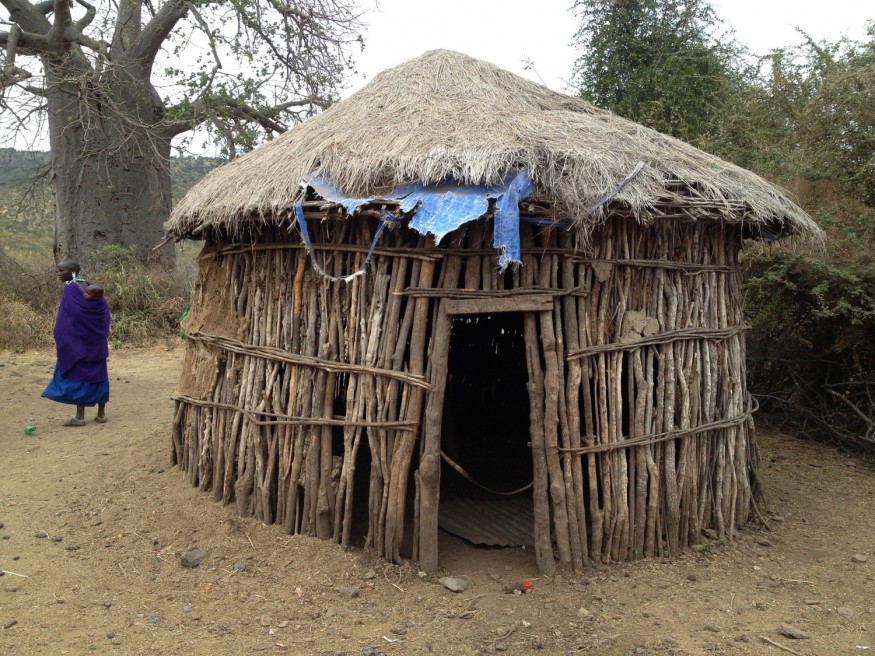The Kayemba region in the northern part of Zimbabwe is the home to the Vadoma people. They are well-known for having Ectrodactyly, or ostrich foot syndrome. A significant portion of their population is affected by a genetic disorder.

What is Ectrodactyly, aka Ostrich Foot Syndrome?
Ectrodactyly, also referred to as split hand/foot malformation (SHFM), is a condition marked by the absence of one or more fingers or toes, according to Rare Disease. The middle fingers or toes are typically affected. In some people, all four hands and feet may be affected.
According to a Medium article, ectrodactyly is also known as two-toed or lobster claw syndrome. Among the Vadoma people, Ectrodactyly is a unique condition passed down from one generation to the next.
Due to the shape of their toes, many members of the Vadoma community find it difficult to wear shoes. Although they have two big toes on each foot, they can still climb trees. They can run, but only with a bit of difficulty.
Vadoma People's Lifestyle and Culture
The Vadoma people take great pride in who they are and think they are better than members of other tribes.
They are mostly nomads who hunt, fish, and fruit gathering and are well known for their physical oddities. However, more Vadoma tribespeople has decided to leave their hunter-gatherer way of life and move to the lowlands due to the crackdown on poaching and threats from game rangers.
Natives of the Vadoma tribe are not allowed to wed outside their group. This tribal rule was implemented to prevent the two-toed body feature from spreading to other tribes. The tribe's isolation has allowed them to maintain their distinctive characteristics among their natives. The rule may help to explain why their offspring frequently develop ostrich foot syndrome.
The Vadoma people can freely mix and interact with other community members despite the restrictive marriage culture. They can still be productive despite their condition, which is not regarded as a form of disability.
Mutation Causes Ostrich Foot
The Vadoma tribespeople's physical characteristics are thought by scientists to be the result of a mutation in chromosome number seven. Some claim that this malformation of the lower or upper limbs is more common than we realize and is not just limited to the Vadoma people. As a result, more individuals have this distinctive physical appearance outside the Vadoma tribe. According to Science Daily Online, this defect can be found in one in every 90,000 people.
Vadoma Mythology
Their ancestors, according to Vadoma mythology, came from a Baobab tree. The Vadoma elders believe that their ancestors were like birds that appeared in the sky and settled among people. They claimed that their DNA was a combination of the earthly women's DNA and their bird-like ancestors' DNA. As a result, that unusual union gave birth to children who shared their ancestry and had the common ostrich foot syndrome. Additionally, they assert that Liitolafisi, the planet they hail from, is where their forefathers originated.
Read also: Australasian DNA Discovered in South American Tribes Ancient Bloodline: How Did it Happen?
Check out more news and information on Environment in Science Times.
© 2025 ScienceTimes.com All rights reserved. Do not reproduce without permission. The window to the world of Science Times.










